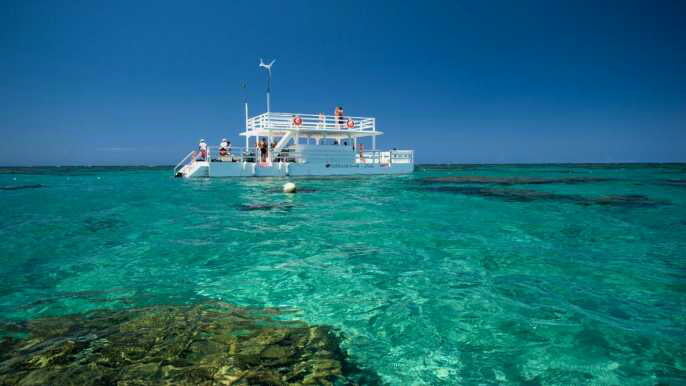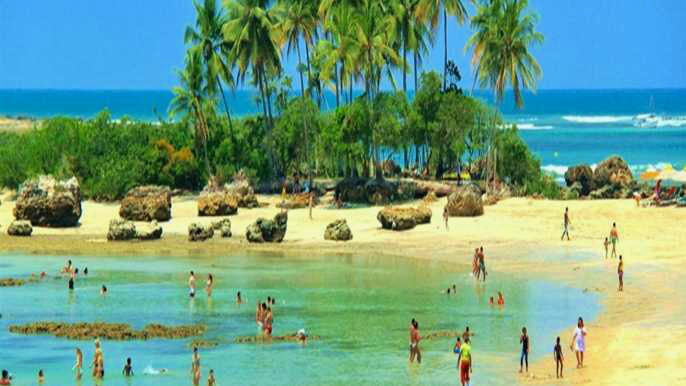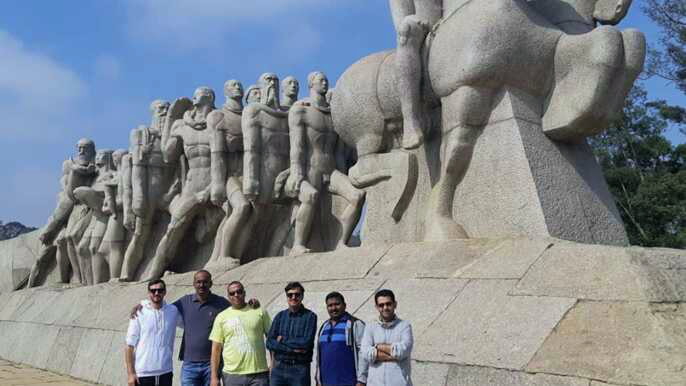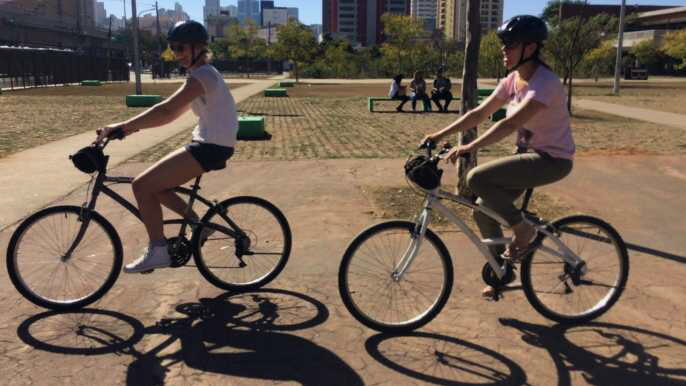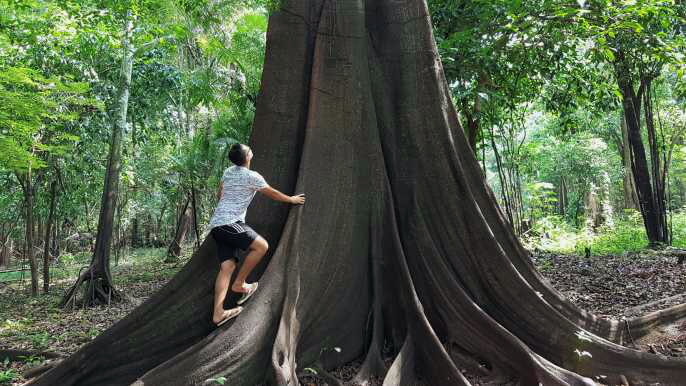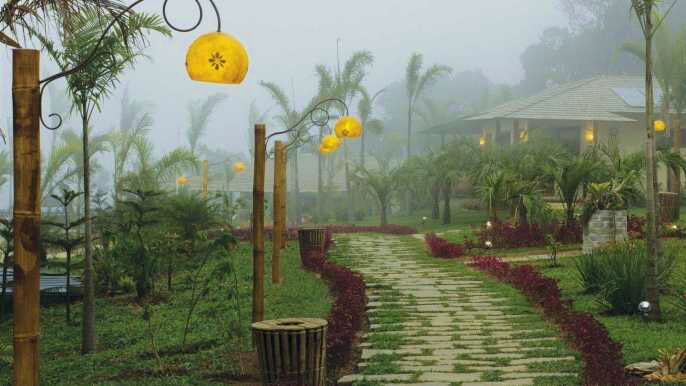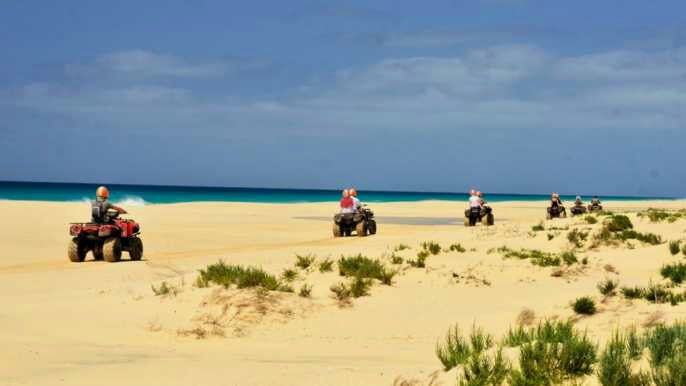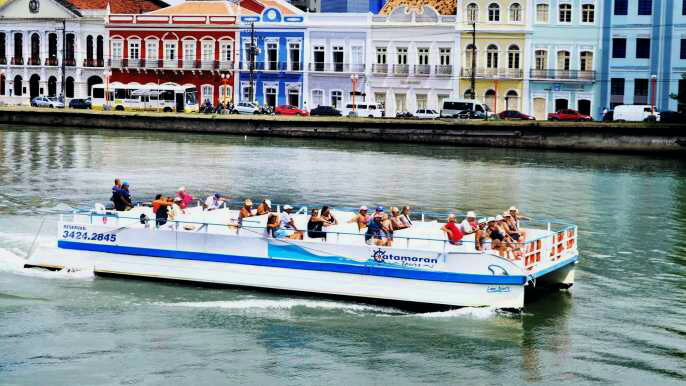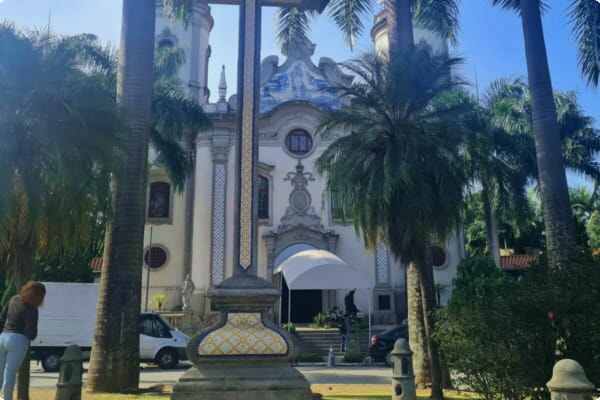Whether you're planning a vacation or looking for a new city to live in, there are many beautiful places to choose from in Brazil. From the coast to the mountains, these cities are the perfect place to make a home.
Recife
Located in northeast Brazil, Recife is the capital of Pernambuco state. The city is surrounded by water and is home to a vibrant culture and a creative economy. The city is also renowned for its stunning beaches.
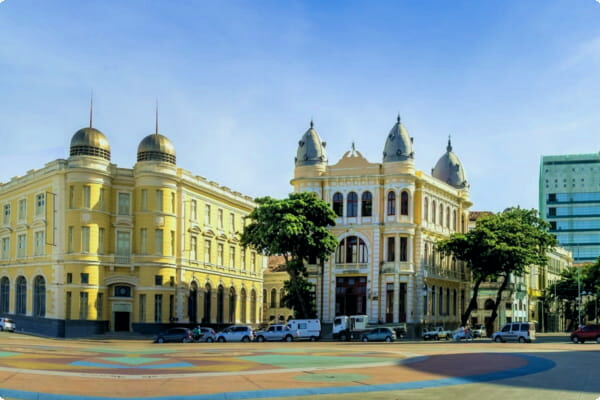
The city's historical center is an area of colonial architecture, which makes it a great place to stroll and explore. The city's old district is centered around Marco Zero square, which was built in the 16th century by Portuguese settlers.
Several hotels are located in this part of the city. However, there are some dodgy areas, so be aware of where you choose to stay.
The area is also home to some of the most famous Brazilian ceramists. Francisco Brennand's Recife museum is a must-see. It is located in a castle-like building in the city's gardens. There are several works by Brennand on display, including armors, red-brick castles, and his personal art pieces.
The area is also home to the Ricardo Brennand Institute, a famous Brazilian art collection. The institute is part of the Atlantic Forest, a natural reserve. It features large gardens and red-brick castles.
Another important site is the Olinda Cathedral, a UNESCO World Heritage site. The cathedral has a beautiful altarpiece, featuring a life-size image of Our Lady of Mount Carmel, framed by gold carving.
The city's most famous beaches are located in the Boa Viagem area. This is the most touristic area of Recife. It is also considered one of the cleanest and most beautiful urban beaches in the world. The area has hotels and is safe.
The city's historical center is full of colorful, colonial buildings. It's a great area to explore in the evening, when the street is less crowded.
Olinda
Located north of Recife, Brazil, Olinda is a beautiful, colonial town with much to see. The old town, which is considered a UNESCO World Heritage Site, has many beautiful churches and buildings.
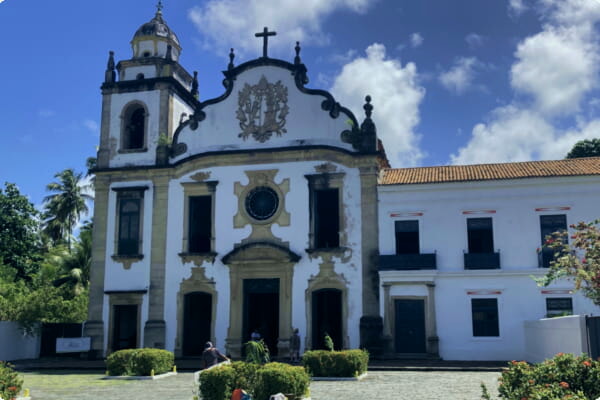
Many of Olinda's churches date back to the 16th and 17th centuries. These buildings are rich in ornaments and Baroque details.
Olinda's historic center was declared a UNESCO World Heritage Site in 1982. The historic core of Olinda preserves the urban layout of a traditional Portuguese colonial village. The architecture of Olinda is also impressive, appearing in a backdrop of tropical vegetation.
The city's most well-known church is the Igreja do Carmo, which overlooks the Carmo square. During the 16th century, several religious missions settled in Olinda. They built many churches and convents.
One of Olinda's most popular attractions is its carnival, which is celebrated every year. The carnival is free and is held in the streets. There are hundreds of musical groups performing. Aside from the music, there are also African and Portuguese-influenced dances.
One of the best things about Olinda is its relaxed atmosphere. The town is also known for its tapioca, a traditional Brazilian delicacy made from cassava flour. It is traditionally stuffed with sour milk cheese.
Olinda is also home to a number of art galleries and craft markets. These markets sell handicrafts such as carved wooden masks and leaflets of cordel literature. The town also has several restaurants and bars, which add charm to the old-town setting.
Another popular destination in Olinda is the Museum of Contemporary Art. This art museum features artists from around the world. The city also has 120 ateliers, which offer a wide variety of styles.
Florianopolis
Known for its beautiful beaches, Florianopolis is a paradise for nature lovers. Located on an island of 424.4 km2, the city has a number of beaches for you to explore. These include the famous Canasvieiras beach, which is close to the center of the city. It is also the ideal place to enjoy a variety of water sports.
The city is also home to many restaurants, shops and nightclubs. For a more luxurious stay, there are many luxury hotel resorts.
The city also has some of the best beaches in Brazil. In Florianopolis, the sea is generally calm, but you can find areas that aren't appropriate for swimming. If you're looking for something a little more adventurous, you might want to try sandboarding in the sand dunes near Joaquina beach.
Florianopolis has a good bus system, but you might want to get a taxi to get around. You can also get around on foot. The city is well connected to the mainland by three bridges.
Florianopolis is also home to the Federal University of Santa Catarina. The University has two campuses. You can also visit the Santa Catarina Museum, which is housed in the Palacio Cruz e Sousa, a former Governor's residence.
Florianopolis has some great shopping malls. You can visit the Mercado Publico de Florianopolis, which is located in the shade of old fig trees. This mall is also home to a number of restaurants and high-end shops.
You can also visit the Lagoa da Conceicao, which is a large saltwater lagoon. You can also try kitesurfing in the lagoon. You can also take a day trip to Campeche Island, which is a short boat ride away from Florianopolis.
Ouro Preto
Located on the slopes of the Vila Rica mountain, Ouro Preto is a city of valleys. The town has a unique urban design. In addition, it has a unique culture and heritage. Ouro Preto has been named a World Cultural Heritage Site by UNESCO. Moreover, it is a university town. There are many attractions and sites to see in the city.
Ouro Preto is also known for its rich mining history. Its wealth dates back to the late 17th century. During that time, Ouro Preto was a gold-rush town. Landowners could afford to pay for the best architects and gardeners from Europe and Brazil. During that time, the city was twice the size of New York. Eventually, the gold ran out and the population declined. Nevertheless, Ouro Preto has preserved the original colonial structures.
The city has been home to several famous architects and artists. One of them was the Brazilian sculptor Aleijadinho. Aleijadinho's work imparted dramatic effects to his sculptures. He was active as a painter and architect. He eventually went blind from illness. His work has been preserved in several churches in Ouro Preto.
The city also has many museums. You can visit the Sacred Art Museum, which focuses on sacred art. You can also visit the Aleijadinho Museum, which showcases the art of Aleijadinho. There are also museums focusing on the slave trade and gold rush.
Ouro Preto also has a lively university town. The Federal University of Ouro Preto is located here. It has around 10,000 students. These students live in communal houses, called Republicas. During the Carnival, the Republicas are crowded with visitors.
There are many cafes and shops in the Praca Tiradentes Square. The main square is surrounded by colonial buildings that are still in good shape. The buildings are adorned with red tile roofs and arched windows. Moreover, the streets are cobblestone.
Parati
Located halfway between Rio de Janeiro and Sao Paulo, Paraty is a unique coastal town. It has an incredible history and a wide variety of attractions. Known for its pristine beaches, it's one of the most popular tourist destinations in Brazil.
Paraty has a thriving local community, including artists, writers and chefs. It's also one of the safest tourist-friendly places in Brazil. It's also a popular destination for history buffs. Paraty is a UNESCO World Heritage Site and one of the oldest preserved old towns in Brazil.
Several islands off the coast of Paraty offer spectacular marine environments. The area is also home to a variety of flora and fauna. The mountains of Serra da Bocaina are home to armadillos, jaguars and sloths. The park offers excellent hiking trails, scenic villages and waterfalls.
The town of Parati is a popular tourist destination for history buffs. The city was built in the mid-17th century. It became an important port and crossroads during the gold trade. In the 18th century, Paraty fell into decline and was not as important as it once was. But in the 1960s, the Brazilian government promoted the area as a tourist destination.
The city's historical centre is a pedestrian-only zone. The cobbled streets make for easy walking, and the area is also car-free. Several buildings have been restored to their original state. The roofless museum displays local history.
The quay is a popular place to hire a boat. Many boat tours leave from Paraty and stop at tropical beaches. Many also stop at pristine underwater environments.
Visitors can also rent bicycles to explore the area. There are several rental locations throughout the town. Most houses retain architectural features from when they were first built.



